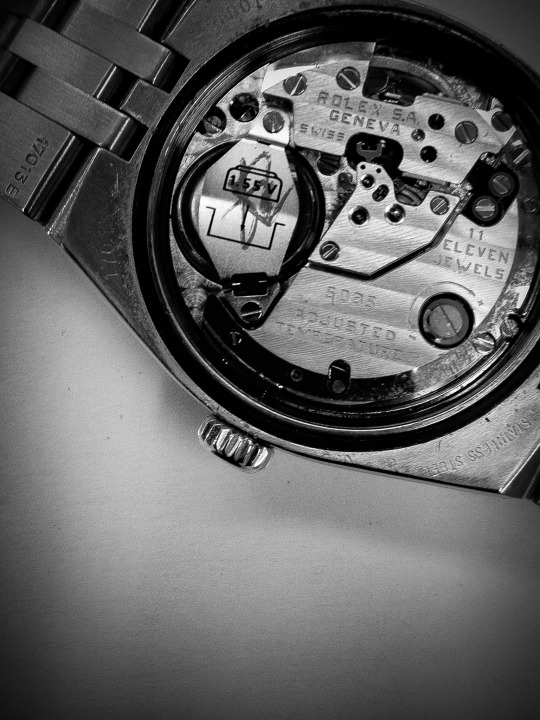ROLDORF & CO. ROLDORF & CO. RK Watch Service

In the grand scheme of things this is probably the most asked question we get on a daily basis.
I think most people think there is going to be a quick definitive answer to the question, as quite often it’s posed in passing, and there is, “ It depends! ”
Watches come in all sorts of sizes, therefore there isn’t a one size fits all battery. As such, there is less room in some battery casings than others to hold the chemicals and components that convert their chemical energy into electrical energy . This means that there is a unique capacity for each battery size.
A batteries “capacity” is measured in Milliamp-hours (mAh) ( if we were to put this into general terms, and take a car as an example, this would be how much gas is in the car. All we would need to know now is what the engine’s consumption rate of the gas is to know how far we can get on the full tank of gas. Not all engines are the same size after all).
In the case of our analogue quartz watch there is an electrical circuit that provides an electrical impulse that is used to move the gear train wheels that then turn the hands on your watch. This is the engine or more commonly known as the “movement”. Just like in cars, the engine can be different from model to model, one consuming more (fuel/ electrical energy) than another. The consumption of a watch’s circuit can be measured using a multimeter.
If the engine in you car is in tip top condition (as you just recently had it in the shop for a tune up) the gas consumption should be nominal. if it has been a long while since you had your car serviced the gas mileage would be less than nominal.
The same can be said for your analogue quartz watch. When it’s in tip top condition ( like when you first bought it) its rate of consumption will be nominal. As the movement ages though, and the movement has not been in for a “tune up” its consumption will increase mostly because of the lubricants drying up and dirt which in turn cause more friction and therefore increases the consumption.
if your watch is small, using a small battery, and the watch movement is in less than nominal condition the battery will be “drawn down” very quickly.
Here’s an example of the math:
if your watch battery is of a size that it has a capacity of 20 mAh (Milliamp- hours) AND the watch movement it is in has a consumption rate of 1.1μA (micro amps) in tip top shape the calculation is as follows:
(20mAh x 1000) /1.1μA = 18,181.8182 hours
Your watch will run for roughly 24.9 months
If your watch is in less that tip top condition having a consumption rate of 4μA the longevity of the battery will be around 6 months !
If you’re only getting 6-8 months out of your last battery change, it is time to bring it in!
Not all batteries are of equal quality either, so you should be aware of the type/manufacturer of battery that is being put into your watch . Batteries that are made with cheap components are more likely to leak inside your watch, causing all kinds of damage.

http://bit.ly/Roldorf_corporateconcierge

